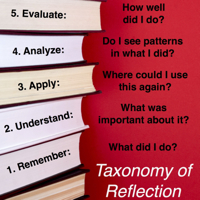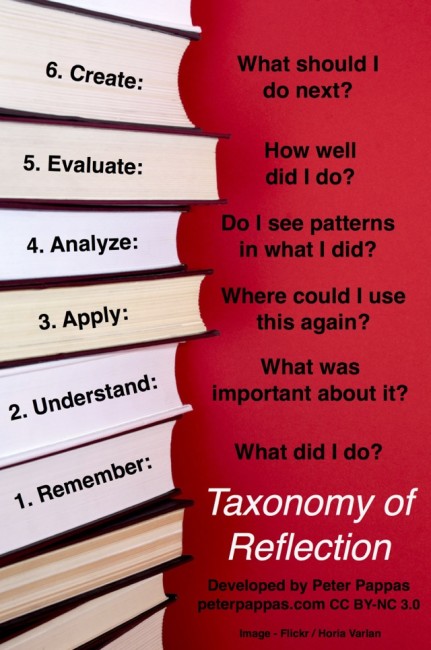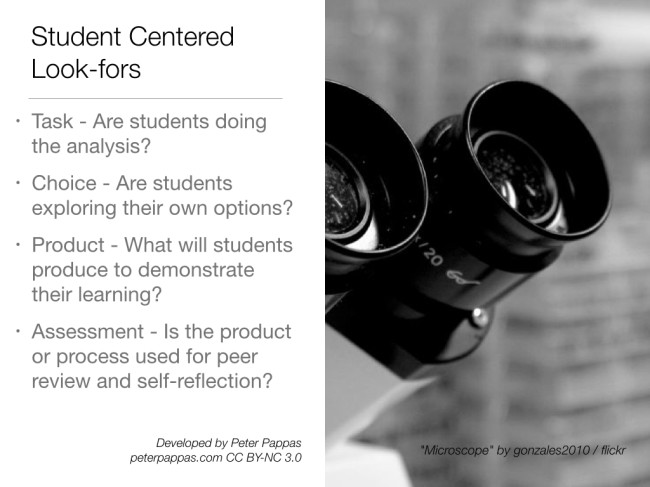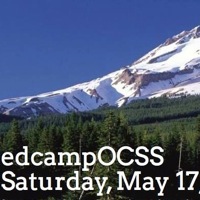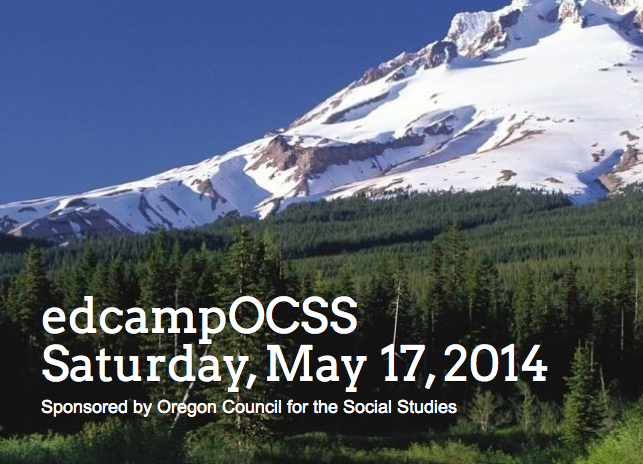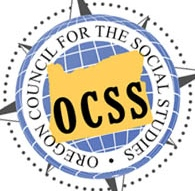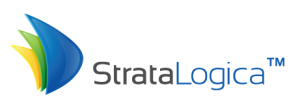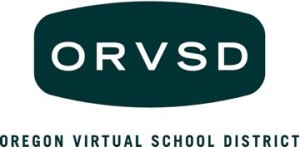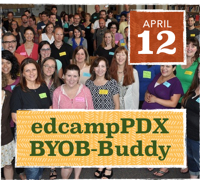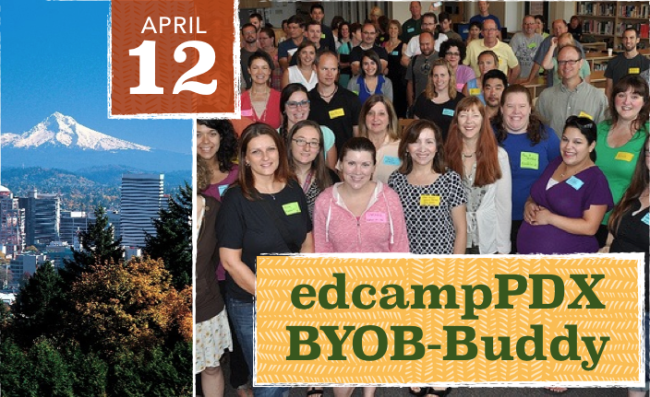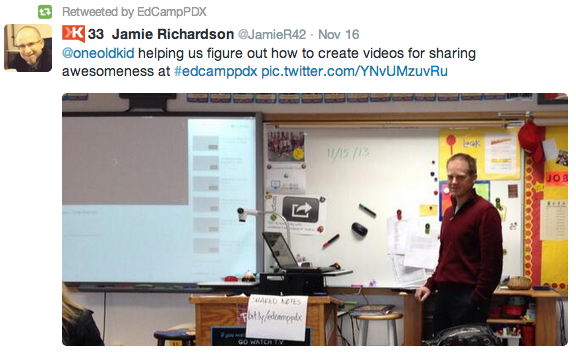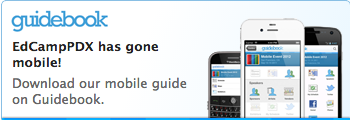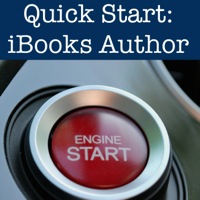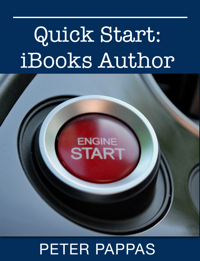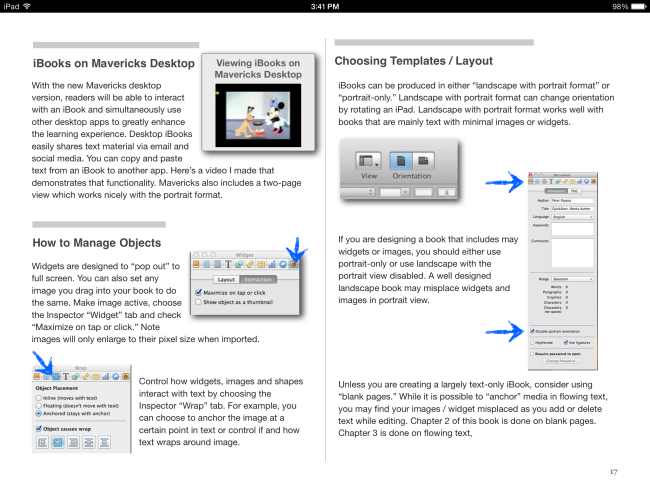This week I head to Grand Prairie TX to work with teachers and students at Adams Middle School. We’ll be demonstrating high value learning strategies that foster rigorous thinking, student engagement, and deeper student reflection on themselves as learners.
The key to fostering reflection is scaffolding more choices for students to make about key elements of the lesson. Providing options gives students more to think about. Divergent student products gives students a chance to explain and defend their thinking. Student can then compare outcomes with their peers, assess successes (and failures) and design improvements. See my post The Reflective Student: A Taxonomy of Reflection
Students can be given “appropriate” choices to make about:
- Content – what knowledge and skills will be studied?
- Process – what materials, procedures, etc will be used?
- Product – what will students produce to demonstrate their learning?
- Evaluation – how will the learning be assessed?
We have a variety of activities planned for the week including workshop sessions focussed on how to foster students engagement when using learning strategies for defining, summarizing and comparing. For example, when we ask students to summarize we should giving them the opportunity to use their higher order thinking skills to analyze the patterns, evaluate what’s most significant to them and craft a unique summary.
While summarizing has been shown to be one of the most effective strategies for building content knowledge, that gain only applies when students are allowed to make their own judgements about what’s important and frame their summaries for an audience. When we ask them to “learn” the teacher’s summary – they are reduced to memorizing “another fact.”
Our training sessions will be followed by classroom walkthroughs – PD works best when you can make the connection to the classroom. I’ll also have the opportunity to work with some groups of students on the Marshmallow Challenge to demonstrate these approaches.
